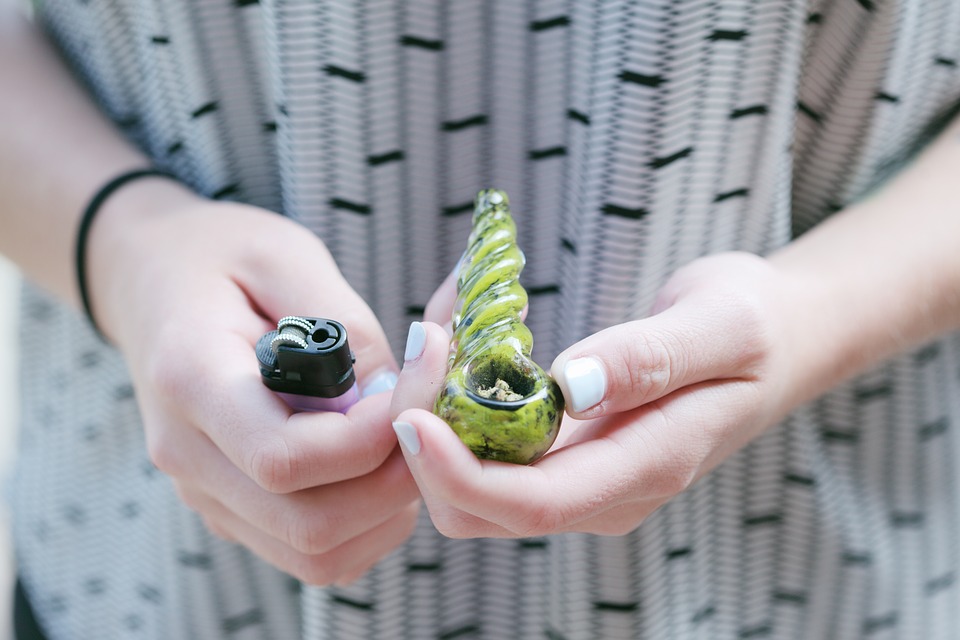
From Queen Victoria’s use for menstrual cramps to cancer patients today, cannabis is known to have pain-killing effects. Now, scientists are uncovering exactly how it is so effective at easing pain; more specifically, 30 times more effective than Aspirin.
Researchers at the University of Guelph in Canada found that cannabis’ anesthetic effects may stem from two important molecules, cannflavin A and cannflavin B.
Back in 1985, researchers found that those two molecules provide anti-inflammatory benefits nearly 30 times stronger than acetylsalicylic acid, aka Aspirin. However, with cannabis research so limited, they could never dig deeper into how exactly cannabis produces those molecules.
Now that the plant is federally legal in Canada, research has started back up, and answers are finally being discovered. Using a combination of biochemistry and genomics, the researchers at the University of Guelph determined which of the plant’s genes are needed to create cannflavins A and B, the first step towards producing larger quantities of them. Their full findings are available in the journal Phytochemistry.
“There’s clearly a need to develop alternatives for relief of acute and chronic pain that go beyond opioids,” said one of the authors of the study, Tariq Akhtar, to IFL Science. “These molecules are non-psychoactive and they target the inflammation at the source, making them ideal painkillers.”
According to the National Institute on Drug Abuse, “Every day, more than 130 people in the United States die after overdosing on opioids.” Due to their ability to target pain without mind-altering or addictive effects, cannalavins may be useful in fighting the opioid crisis by providing an alternative to the painkillers currently on the market.
Hopefully, scientists will soon figure out how to develop a system that can produce these molecules in large quantities, as they are only produced in very small amounts in the Cannabis sativa L plant. With researchers already licensed to produce the cannflavins outside of the cannabis plant, the success rate looks high.



Leave a Reply